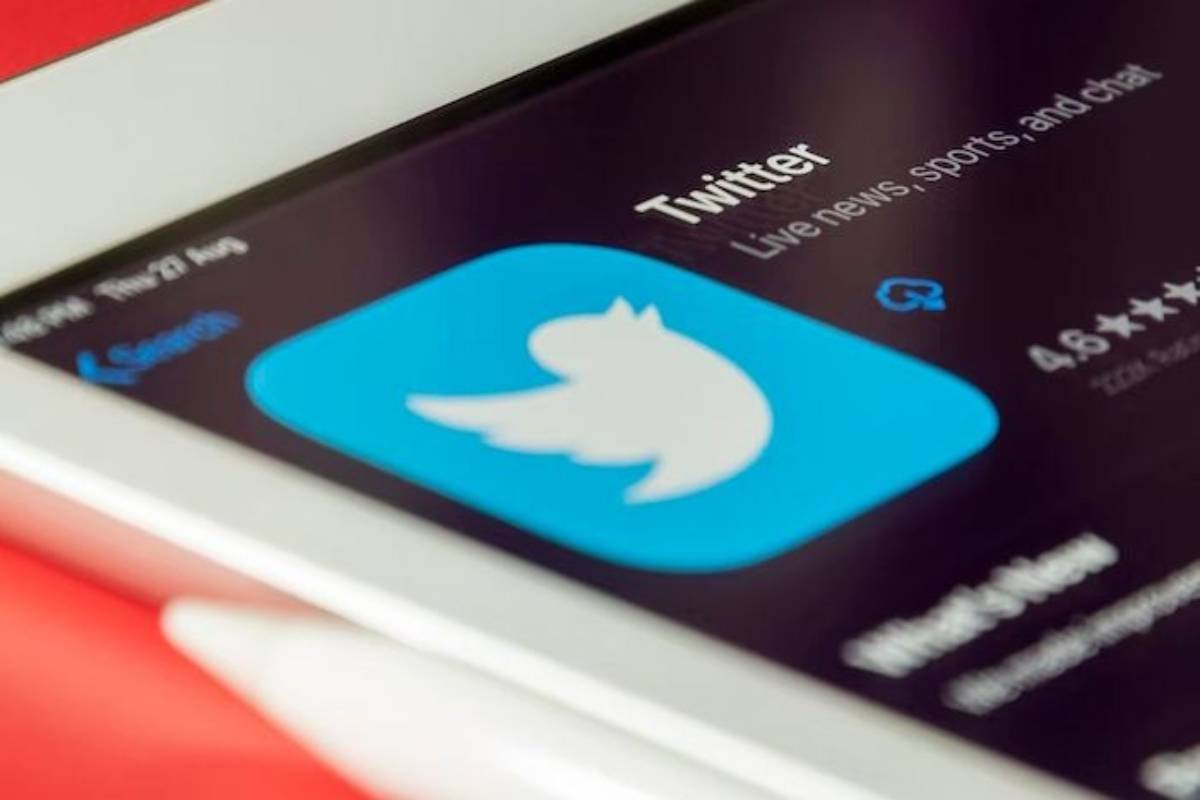No More Twitter Ads To Disturb Your Mind? Here’s What New Twitter Got In 2023
Twitter Advertisement Dropped To 59% After Elon Musk Takes Over

In a jaw-dropping turn of events that nobody could have predicted (except everyone), Twitter has experienced a colossal decline in its US ads sales, plummeting by a mind-boggling 59%. Gear up for the impact that will undoubtedly echo through the hallowed halls of social media as the once-mighty Twitter faces its near doom. This unexpected development has raised questions about Twitter’s future and highlighted the ever-evolving nature of the social media landscape.
Where Did The Story Begin?
Once starting in April 2022 until October 2022, Twitter was officially bought by Elon Musk for $44 billion. After this engagement, Musk introduced and tried different working models for Twitter, including re-administration of once-banned accounts, a massive number of employees being laid off, changing regulations, and the most unappreciative one of putting subscriptions on verified badges. However, reports stated that most of the ad players left the chat after Musk entered the turf. Almost 50 of 100 advertisers had stopped or planned to withdraw from the platform.

Twitter, renowned for its brevity and real-time updates, has long been a favorite playground for advertisers desperately seeking to capture the fleeting attention spans of the masses. But alas, the landscape of social media is an unforgiving mistress, and the evil forces of competition have restricted company’s reign. However, recent data reveal a dramatic downturn in ad sales, leaving analysts and industry experts scrambling to understand the underlying causes.
The decline in the company’s ad sales can be attributed to several factors. First and foremost, increased competition from other social media platforms has destroyed company’s once-dominant position. Yes, that’s right, other social media platforms like Facebook, Instagram, and TikTok have emerged from the depths of obscurity to challenge Twitter’s dominance. Who foresaw that advertisers might want to explore alternatives with more innovative features, larger user bases, and better targeting capabilities? Indeed not Twitter, apparently.
Do Users Have A Role In This Downfall?
But wait, there’s more! The saga continues with concerns over user engagement and fake accounts and bots. Advertisers might want their ads to be seen by real people and not an army of bots mindlessly retweeting and liking posts. Who would have guessed? This issue has plagued Twitter for years and has raised doubts about the authenticity and effectiveness of advertising campaigns conducted on the forum. Now more than ever, advertisers seek transparency and accurate engagement metrics, which Twitter has yet to deliver consistently.
Furthermore, user behavior and preferences changes have played a role in Twitter’s ad sales decline. Let’s remember the changing tastes of the younger generation, those annoying millennials and Gen Z folks who dare to demand a more visually immersive experience.

Two hundred eighty characters of textual wisdom don’t cut it anymore. Who needs witty banter and meaningful conversations when you can have endless videos of dancing cats and lip-syncing challenges? Twitter’s text-centric format may be less appealing to this demographic, causing a shift in ad spending toward platforms that align more closely with their preferences.
Oh, the tragedy is Twitter’s ad revenue! The implications are shocking, forcing us to examine the existential crisis of a social media platform struggling to sell ads. How will they survive with their projections for the upcoming quarter being revised downward? The horror! Fear not, for Twitter has a plan! In response to the crisis, Twitter has acknowledged its challenges and vowed to take proactive measures to reverse the downward trend.
Musk To Enter The Game With New Strategies:
They will invest in product enhancements and combat fake accounts. Because, indeed, that’s the secret formula for attracting advertisers back in droves. Who needs fancy algorithms and cutting-edge targeting strategies when you can remove a few fake accounts and call it a day? Additionally, Twitter aims to expand its partnerships with content creators and influencers, hoping to attract a wider audience and provide more targeted advertising opportunities.
Industry experts and analysts remain divided on whether Twitter can bounce back from this setback successfully. Some believe that the company’s influential presence in real-time conversations will save the day, while others think they must do something bold and innovative. A feature where tweets explode into confetti? That should do the trick.

The plight of the company remains significant as a once-proud platform is being brought to its knees by competition, user engagement concerns, and the relentless march of progress. The plummet in Twitter’s US ad sales reminds us that even dominant players in the social media industry are not immune to rapid shifts in user behavior and evolving preferences. As advertisers navigate the changing landscape, they must carefully evaluate platforms based on their ability to adapt, engage users authentically, and provide robust targeting capabilities.
Let us hold our breath and anxiously await the company’s valiant efforts to rise from the ashes, all while wondering if anyone will notice or care. While the road ahead may be challenging, the company’s fate will ultimately be determined by its ability to address the concerns of advertisers and regain their confidence, making innovative strides to stay relevant in the ever-changing social media ecosystem. Oh, Twitter, we shall miss your endless stream of bite-sized wisdom.
Proofread & Published By Naveenika Chauhan




